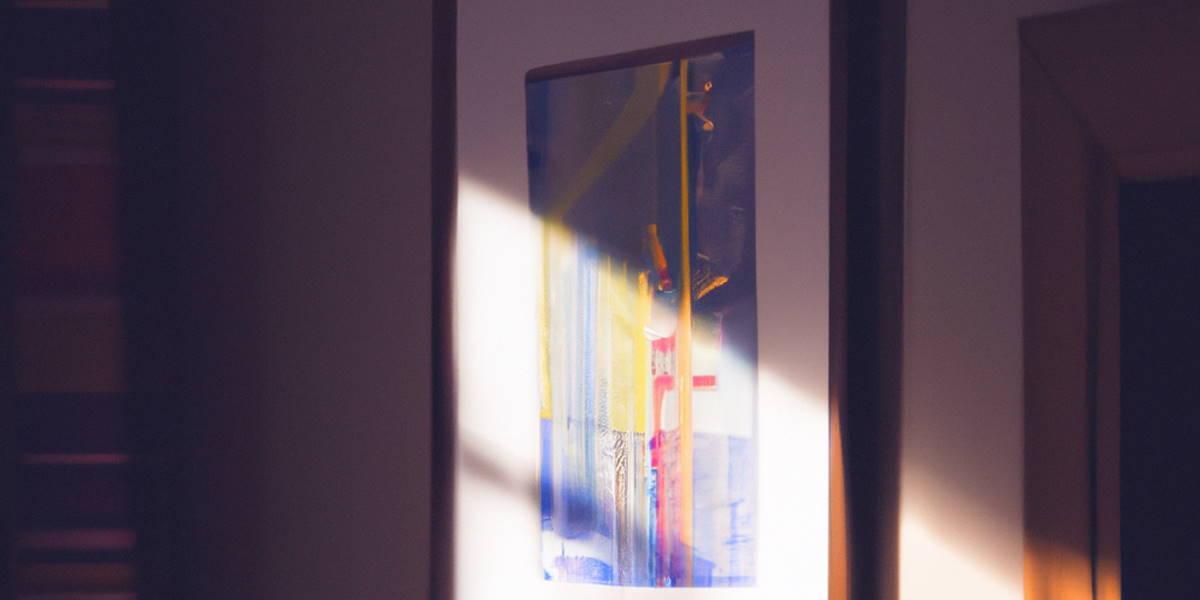If something is lightfast, it means that it is resistant to fading when exposed to light. This is an important thing to consider when choosing colored pencils or other art supplies, since it affects the longevity of your artwork.
Are There Different Lightfastness Ratings?
The technical definition of the adjective “lightfast” is “not prone to discolor when exposed to light.” This makes it sound like a lightfast color won’t fade at all in the light.
In reality, this isn’t how it works. All colors will fade. It might take longer to happen, and different colors fade at different rates, but colors will never stay as bold and vibrant as they started.
Because of this, art supplies have different lightfastness ratings. The American Standard Test Measure, or ASTM, is the organization that tests art supplies and determines their lightfastness rating. The ASTM rates lightfastness on a scale of one to five, with one being the most lightfast, and five the least. In other words, colors with a lightfastness rating of one will fade slower than colors with a lightfastness rating of two through five.
Are Colored Pencils Lightfast?

Sadly, colored pencils tend to fade more quickly than other art supplies. Still, the same ATSM lightfastness ratings apply to colored pencils, but it can be tricky to find the rating for the exact colored pencil you are using.
In general, you can expect a higher-quality brand of colored pencils to be more lightfast than a cheaper brand. Fine artists who sell their work need the colors to stay vibrant and not to fade, or their customers will complain. That means that professional colored pencils need to be more lightfast than cheaper pencils for hobbyists or children.
Unfortunately, the brand isn’t the only thing that determines how lightfast a colored pencil is. Different colors react differently to light, and some colors fade quicker than others. Two colored pencils from the same brand can have wildly different lightfastness ratings depending on their color.
Luckily, most brands will have a chart or other resource that will give you the lightfastness rating for each color. If you can’t find any charts online, you can also perform your own test by creating your own color chart with your colored pencils, covering one half of each color swatch, and exposing the chart to the sunlight. It will take a few weeks to see any results, and the longer you wait, the better sense you’ll get of how lightfast each color is.
Other Ways to Prevent Fading and Keep Colors Vibrant
If you’ve checked out the charts for your colored pencils and found that they don’t have great lightfastness ratings, it’s not the end of the world. There are other ways to prevent colored pencils from fading, even if they are not very lightfast.
Spray fixatives let you apply a clear coat over the top of your colored pencils, sealing in the pigment. Higher quality spray fixatives will also provide some protection against fading, letting your colors last longer.
There are even special UV picture frames that block out spectrums of light that do the most damage to colors.

